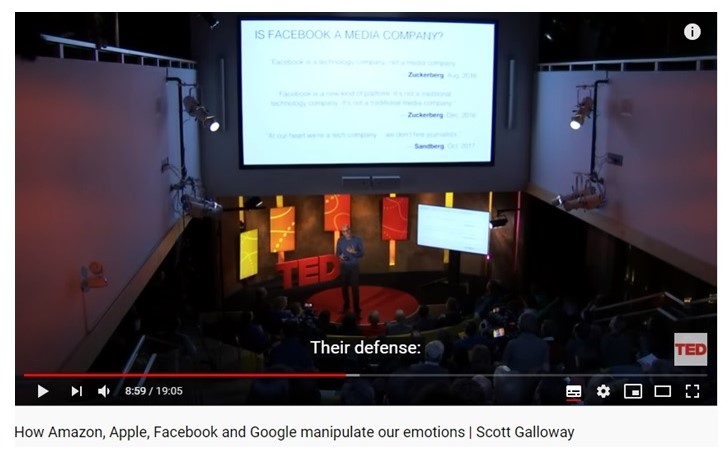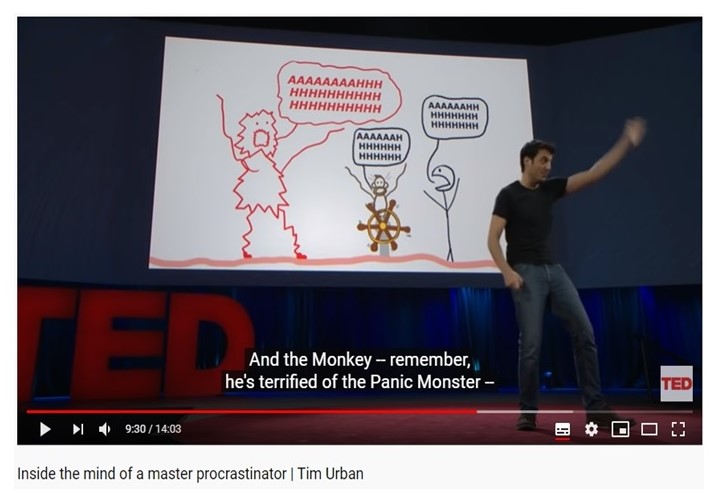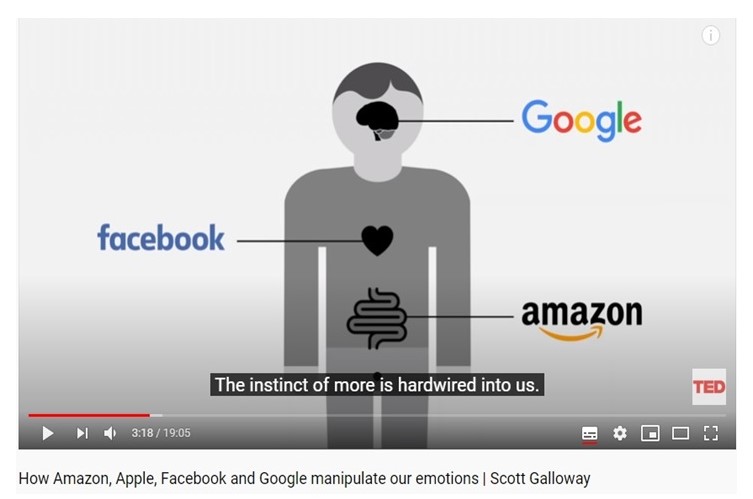The three TED Talks selected for this assignment cover interesting topics related to human psychology. Tim Urban discusses how and why people tend to handicap themselves when it comes to tasks that require concentration and self-discipline (TED, 2016). Scott Galloway shares his research-based conclusions regarding the so-called Big Four tech companies and how these IT giants have turned themselves into a new religion (TED, 2017). Finally, Matt Trombley discusses the utmost importance of finding common ground and searching for ways to prevent conflicts from ruining interpersonal relationships (TED, 2020).
From my perspective, ten things that make the three presentations captivating, creative, and effective include the following:
Good use of visual aids – all speakers use slides to illustrate their points and effectively demonstrate the evidence that they have collected.

Examples based on personal details and experiences – the speakers make sure to provide real-life examples instead of emphasizing ideas that would be too abstract.

The use of humor and jokes to deliver messages – the speakers understand that messages delivered funnily are likely to appeal to the audience.

Research skills and the ability to find evidence to support one’s messages – all three speakers demonstrate these skills by drawing links between their beliefs or conclusions and credible facts.
Respect for the audience – for instance, Matt Trombley understands that his audience is diverse, so he tries to treat all religions with respect despite being a devoted Christian.
Self-awareness – all speakers understand that their socio-demographic characteristics may influence their perspectives and demonstrate this understanding to the audience.
The use of metaphors and comparisons – for instance, Scott Galloway compares the four tech giants to the organs of the human body to demonstrate how the industry affects and “reinvents” people.

Gestures – all speakers make extensive use of body language to highlight the main points of their speeches.
Personification to deliver messages – for instance, Tim Urban presents a person’s fear of doing something new and challenging as the Panic Monster.
Simplicity – the speakers understand that scientific and professional terms would make their speeches more difficult to understand, which is why they rely on simple explanations.
References
TED. (2016). Inside the mind of a master procrastinator – Tim Urban [Video]. YouTube. Web.
TED. (2017). How Amazon, Apple, Facebook and Google manipulate our emotions – Scott Galloway [Video]. YouTube. Web.
TED. (2020). The beauty and complexity of finding common ground – Matt Trombley [Video]. YouTube. Web.
